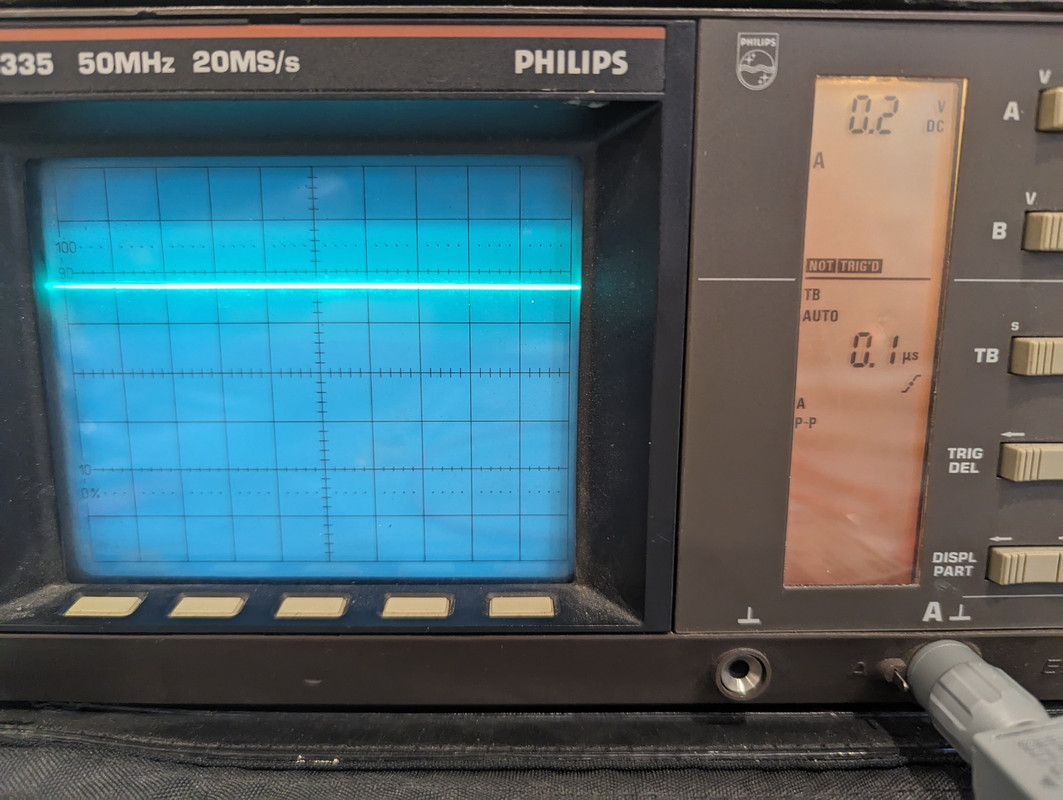1
General Technical Chat / Know of any good books/sources of useful electronic schematics?
« Last post by ballsystemlord on Today at 02:20:01 am »Hello,
When looking up how people make this or that, I can't help but find that many of the schematics offered online are either not functional or poorly designed. It's not just me either. Some YT-ers make videos about fixing bad circuit designs you can find online.
Towards the end of getting a set of good/workable circuit schematics, I searched for books on the subject. I found some, but they're all from the late 1960s though the 1970s. This means that a lot of things can/have been converted into ICs or improved through the use of alternate tech, such as IGBTs/MOSFETs. So such books are a bit dated.
Do you know of good books or resources for circuit schematics?
Thanks!
When looking up how people make this or that, I can't help but find that many of the schematics offered online are either not functional or poorly designed. It's not just me either. Some YT-ers make videos about fixing bad circuit designs you can find online.
Towards the end of getting a set of good/workable circuit schematics, I searched for books on the subject. I found some, but they're all from the late 1960s though the 1970s. This means that a lot of things can/have been converted into ICs or improved through the use of alternate tech, such as IGBTs/MOSFETs. So such books are a bit dated.
Do you know of good books or resources for circuit schematics?
Thanks!



 Recent Posts
Recent Posts Let’s see if I can keep my goof-ups to a minimum from this point forward!
Let’s see if I can keep my goof-ups to a minimum from this point forward! 






